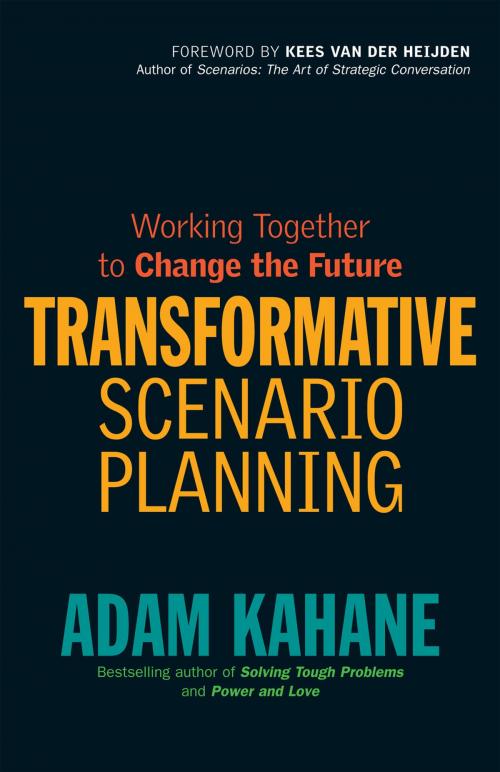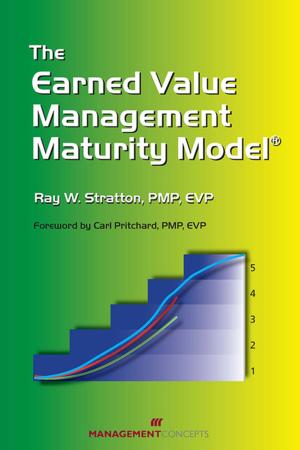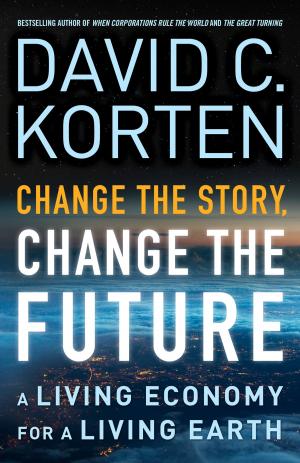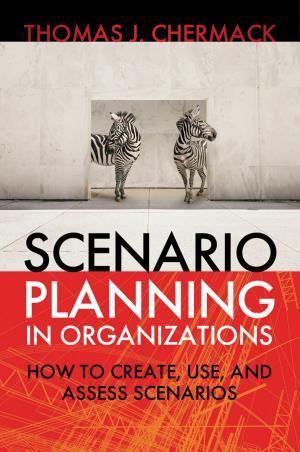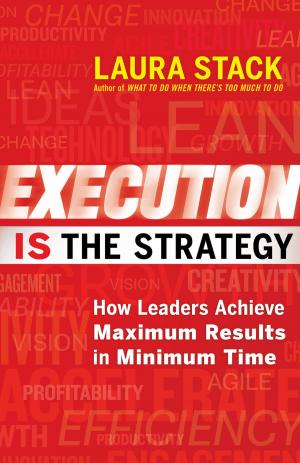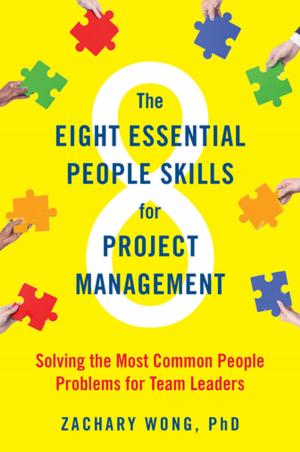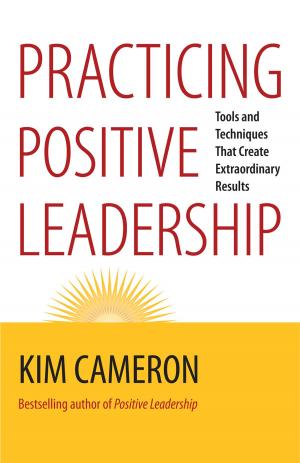Transformative Scenario Planning
Working Together to Change the Future
Business & Finance, Management & Leadership, Planning & Forecasting, Nonfiction, Social & Cultural Studies, Political Science| Author: | Adam Kahane | ISBN: | 9781609944926 |
| Publisher: | Berrett-Koehler Publishers | Publication: | October 15, 2012 |
| Imprint: | Berrett-Koehler Publishers | Language: | English |
| Author: | Adam Kahane |
| ISBN: | 9781609944926 |
| Publisher: | Berrett-Koehler Publishers |
| Publication: | October 15, 2012 |
| Imprint: | Berrett-Koehler Publishers |
| Language: | English |
People who are trying to solve tough economic, social, or environmental problems often find themselves frustratingly stuck. They can’t solve their problems in their current context, which is too unstable or unfair or unsustainable. Nor can they transform the system on their own or by working only with their friends or colleagues—systemic change requires the participation of actors from across the system, including strangers and opponents. But how can people work together if they don’t necessarily like, trust, or understand each other and disagree not only on what the solution is but even on what the problem is? Transformative scenario planning is a powerful new methodology for dealing with such situations. It has been proven in some of the most challenging contexts, including South Africa, Colombia, Guatemala, Sudan, and Israel. Its roots are in scenario planning, a long-established tool organizations use to develop strategies for adapting to a range of possible futures. But in transformative scenario planning, leaders develop strategies not merely to adapt to the future but to change it. In this concise and compelling handbook, Adam Kahane—who played the leading role in originating this methodology and has been using it around the world for over two decades—walks readers through the five steps of the transformative scenario planning process. He explains what is needed to convene a broad-based team, develop a shared understanding of what is happening in the present, construct stories about what could happen in the future, discover what the team can and must do about this, and then act to create a better future. Along the way he shares stories of both his successes and his failures in applying transformative scenario planning in the most complex and challenging contexts. At a time when tension within and between societies and nations creates so much suffering, this book offers hope—and a proven approach that can help people create better futures.
People who are trying to solve tough economic, social, or environmental problems often find themselves frustratingly stuck. They can’t solve their problems in their current context, which is too unstable or unfair or unsustainable. Nor can they transform the system on their own or by working only with their friends or colleagues—systemic change requires the participation of actors from across the system, including strangers and opponents. But how can people work together if they don’t necessarily like, trust, or understand each other and disagree not only on what the solution is but even on what the problem is? Transformative scenario planning is a powerful new methodology for dealing with such situations. It has been proven in some of the most challenging contexts, including South Africa, Colombia, Guatemala, Sudan, and Israel. Its roots are in scenario planning, a long-established tool organizations use to develop strategies for adapting to a range of possible futures. But in transformative scenario planning, leaders develop strategies not merely to adapt to the future but to change it. In this concise and compelling handbook, Adam Kahane—who played the leading role in originating this methodology and has been using it around the world for over two decades—walks readers through the five steps of the transformative scenario planning process. He explains what is needed to convene a broad-based team, develop a shared understanding of what is happening in the present, construct stories about what could happen in the future, discover what the team can and must do about this, and then act to create a better future. Along the way he shares stories of both his successes and his failures in applying transformative scenario planning in the most complex and challenging contexts. At a time when tension within and between societies and nations creates so much suffering, this book offers hope—and a proven approach that can help people create better futures.
